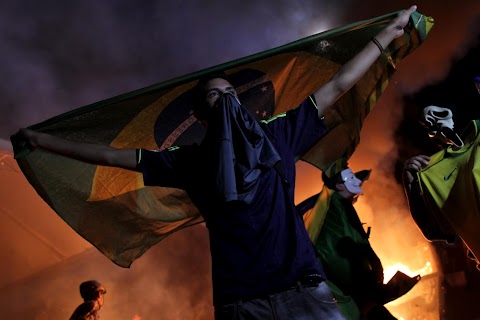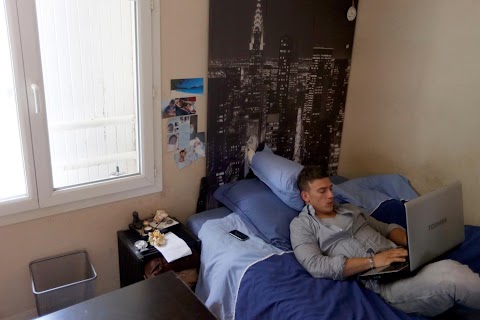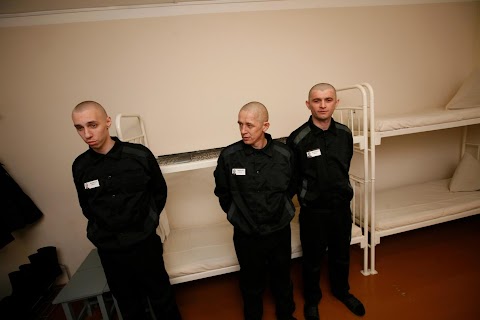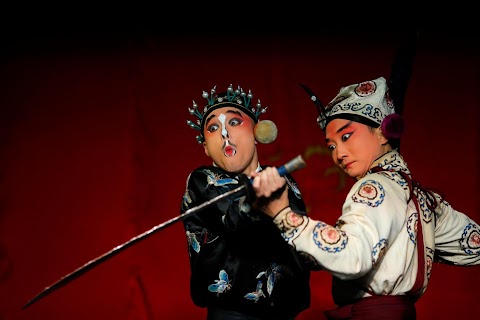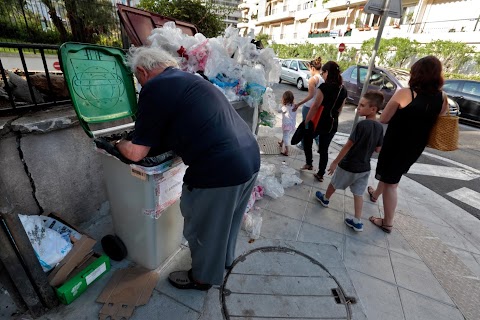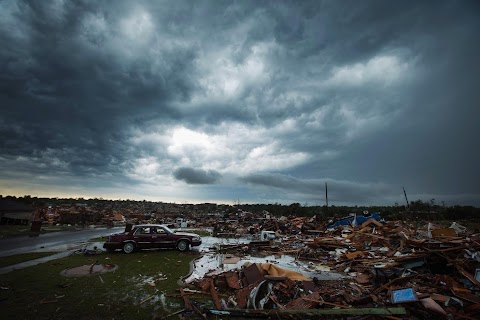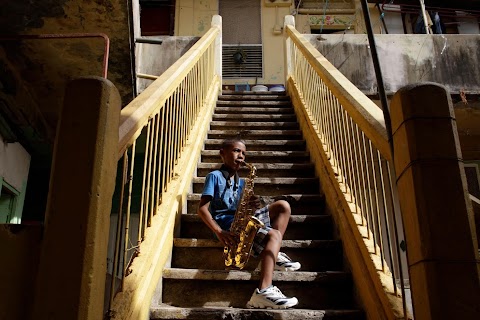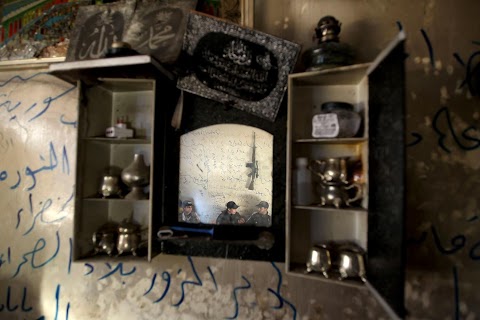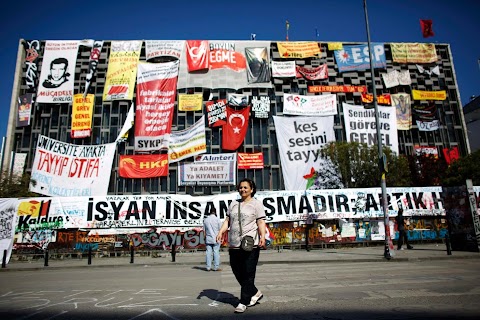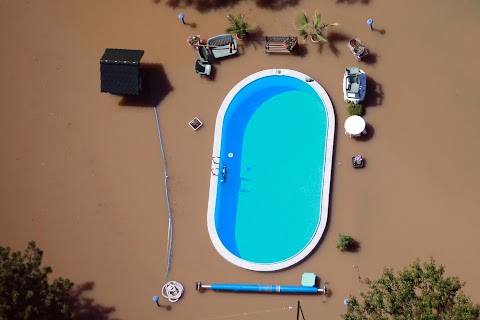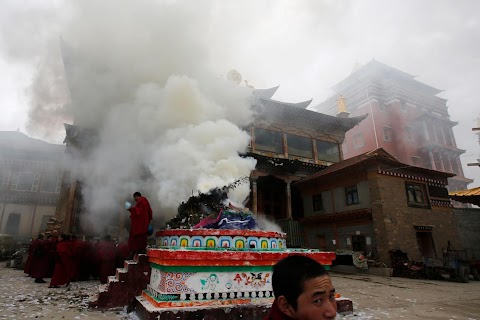
Burning for Tibet
 Kim Kyung-Hoon
Kim Kyung-Hoon
Smoke rises as Tibetan monks burn trees on an altar during their morning ritual at the Dzamthang Jonang monastery, in the tiny, remote township of Barma.
The scene looks calm, but a few months ago a much more dramatic fire burned at the same site: on March 24 a Tibetan woman called Kalkyi stood outside the monastery, doused herself in gasoline and lit a match. Witnesses say it took under 15 minutes for the blaze to kill her.

Tibetan women stand on a street corner in Barma township, where 30-year-old mother of four Kalkyi used to live.
Her fiery death marked the ninth time in just over a year that a Tibetan mother had set herself ablaze - an especially startling statistic to emerge from a grisly campaign of suicidal political defiance that shows no sign of ending.
Since 2009, at least 117 Tibetans have committed acts of self-immolation in China in protest against Beijing's policies in Tibet and nearby regions with large Tibetan populations.
More than 90 have perished as a result, with the latest fatality coming on May 29 in Qinghai province. Kalkyi's death was the 39th immolation in Ngaba prefecture, the corner of Sichuan Province where Barma township sits.

Kalkyi set herself on fire outside the gates of the Dzamthang Jonang monastery, where this monk stands, among a crowd of about 200 to 300 other people.
The ultimate impact of Tibetan suicides like hers is uncertain, and the Chinese government's restrictions on the domestic and international media have limited awareness of the growing number of immolations both inside and outside the country.
But while the consequences are hard to read, Kalkyi's story nevertheless underscores how the movement has reached a desperate new stage, with the suicides moving beyond the Buddhist clerics who launched them as a form of protest and into the lay community.

A notice stuck on a pole in Barma offers a 100,000 yuan ($16,310) reward for any information on those "masterminding, supporting, abetting and coercing others to self-immolate".
The poster is part of a wider crackdown from Beijing, which has called the self-immolators "terrorists" and arrested people it accuses of inciting the acts. Chinese authorities have detained at least 75 people in Tibetan regions this year.
Violence has flared in Tibet since 1950, when Beijing claims it "peacefully liberated" the region. Many Tibetans say Chinese rule has eroded their culture and religion. They are agitating for the return of the Tibetan spiritual leader the Dalai Lama from exile in India, and genuine autonomy for their homeland.
The Chinese government denies trampling Tibetan rights and boasts of having brought development and prosperity to the region.
Slideshow

A man drives cattle in Barma, a remote, poor township with around 4,000 inhabitants.

Tibetan monks chant spiritual mantras on a hill next to the village’s Dzamthang Jonang monastery.

Tibetan residents walk through Barma township, where most locals work as herders.

Monks sit at an entrance to the Dzamthang Jonang, an imposing structure that consists of three different monasteries, surrounded by large courtyards and smaller buildings.

A woman walks around a stone carving inscribed with Tibetan words as she prays in Barma. Few residents there speak Chinese.

A monk walks through the township, which has one main road and sits 3,560 meters (11,680 feet) above sea level, surrounded by mountains dotted with pine trees.

A monk and a woman walk past a pagoda near the Dzamthang Jonang monastery.

Smoke rises as Tibetan monks burns trees on an altar during their morning ritual.

Wood smoke fills the air.

A Tibetan monk splashes water on the trees.

A young monk walks through the smoke.

A Tibetan boy and an older man sit on a street next to the Dzamthang Jonang monastery.

A Tibetan woman holds a baby in Barma township.

A stone carving inscribed with the Tibetan words, "Om mani padme hum", a traditional Buddhist mantra that is also chanted as a prayer to the Dalai Lama, lies outside the house where Kalkyi lived.

A Tibetan monk chants mantras on a hill next to the Dzamthang Jonang monastery.
Less than a month after Kalkyi killed herself there, a 20-year-old woman named Chugtso trekked from her home to the monastery and on April 16, at around 3 p.m., she set herself ablaze, dying in almost the same spot as Kalkyi.
